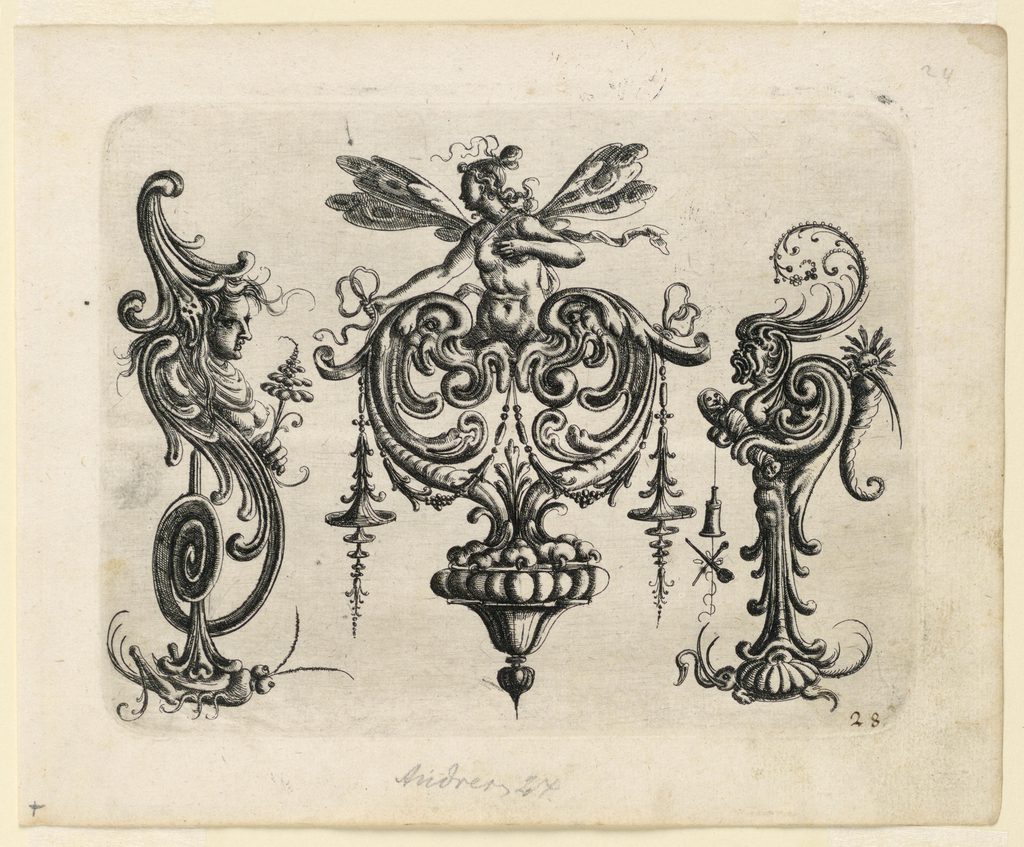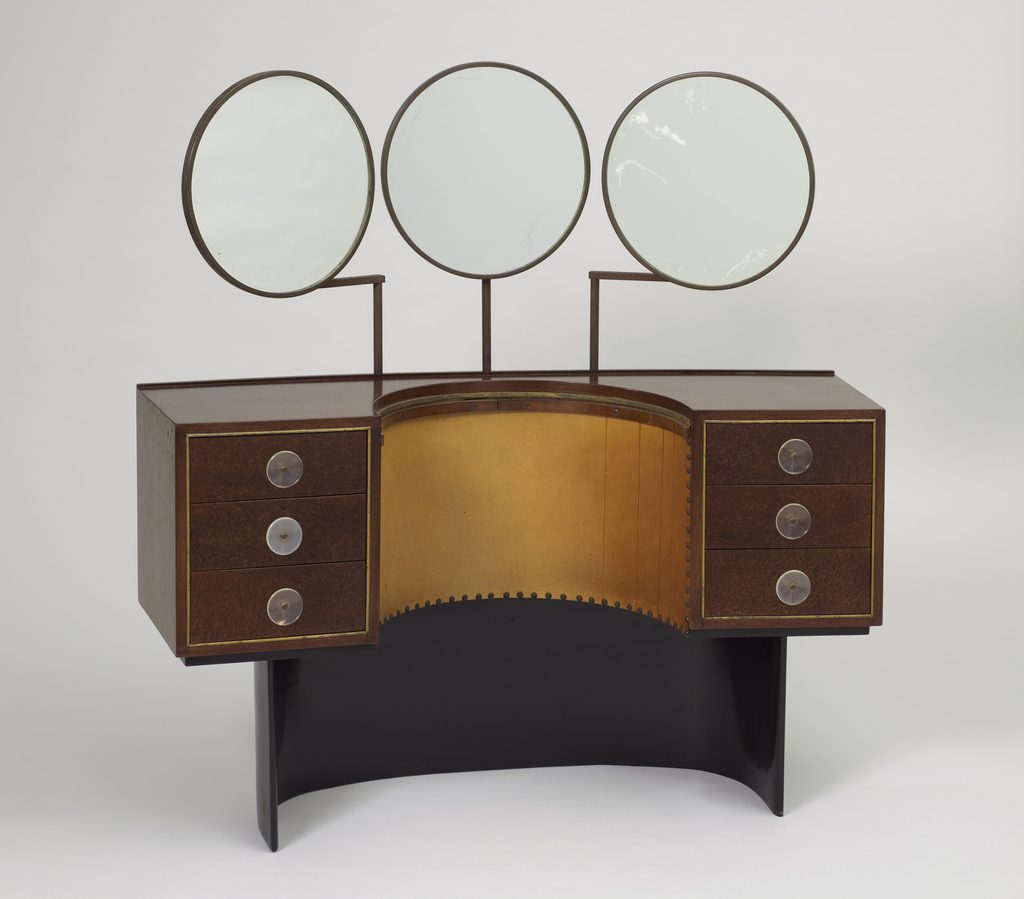Field Trip: Cooper Hewitt Smithsonian Museum of Design
Entering the Cooper Hewitt Smithsonian Museum of Design from its beautiful Arthur Ross Garden was inspirational. It had not been my first time at the Cooper Hewitt, but It was the first experiencing the garden and its design. The housing of the museum Andrew Carnegie’s mansion adds to the integral part of the museums design perspective. The architecture of the mansion makes it more welcoming and interactive as if it were your own home. The Cooper Hewitt is one of the most inclusive museums including design in all mediums and eras from designers worldwide. The curation of the work is phenomenal and exemplary to all designers
Bag With Zip, Square Basket, 2013; silk threads, polyurethane; 24×19×19 cm (9 7/16×7 1/2×7 1/2 in.); courtesy of Luisa Cevese Riedizioni; Photo by Matt Flynn © Smithsonian Institution
The museum holding an exhibition called SCRAPS: Fashion, Textiles, and creative Reuse. The particular item in the exhibition that caught my eye was the Bag with Zip, Square Basket, 2013 shown above. The story behind the exhibition was truly awakening. This exhibition features fashion made out of re used and recycled materials from around the world. Luisa Cevese designed the bag; its medium is Silk threads and Polyurethane. The design of the bag although minimal resembles a tote bag, but the design is very functional. Also the way the thread is placed on the bag it provides sense of pattern although the pieces of silk are from different parts of the world.
Print, Plate 28, from Neüw Grotteßken Buch (New Grotesque Book), 1610
This second piece is from the Exhibition: Gentle Beasts Print, Plate 28, from Neüw Grotteßken Buch (New Grotesque Book). Ornament prints and drawings from the sixteenth and seventeenth centuries. These small forms of design were the crucial details of furniture from the 1600’s. This piece is engraving on laid paper done by Christoph Jamnitzer in 1610. This piece is a representation of ornamental design that is very detailed and whimsical. The prints size is not provided but I recall seeing it in person and it was no bigger than 4×6 since magnify glasses were also provided. The scale of these prints are mind boggling because such intricate design and illustration is used as detail in furnishings, locks, ewers, rings, tapestries, stained glass, and anything of use. These prints are historical pieces of design because they demonstrate the attention to detail.
3920 Vanity, 1939
This piece is a perfect example of furniture design. It is complex and modern for a vanity in the late 1930’s. This vanity was designed Gilbert Rohde for Herman Miller. This piece is from the Energizing the Everyday: Gifts from the George R. Kravis II Collection. The reason I find this piece interesting is because the thought the designer had to put into the piece making it functional but still fashionable and appealing to women must have not been easy. Another reason is that is speaks to an aspect in design that is sometimes overseen which is science, the use of round mirrors was common but the science behind how Rhode designed there positioning was different for that time. The mirror allows or you to see yourself three times in three different angles definitely appealing to the “modern” women.






